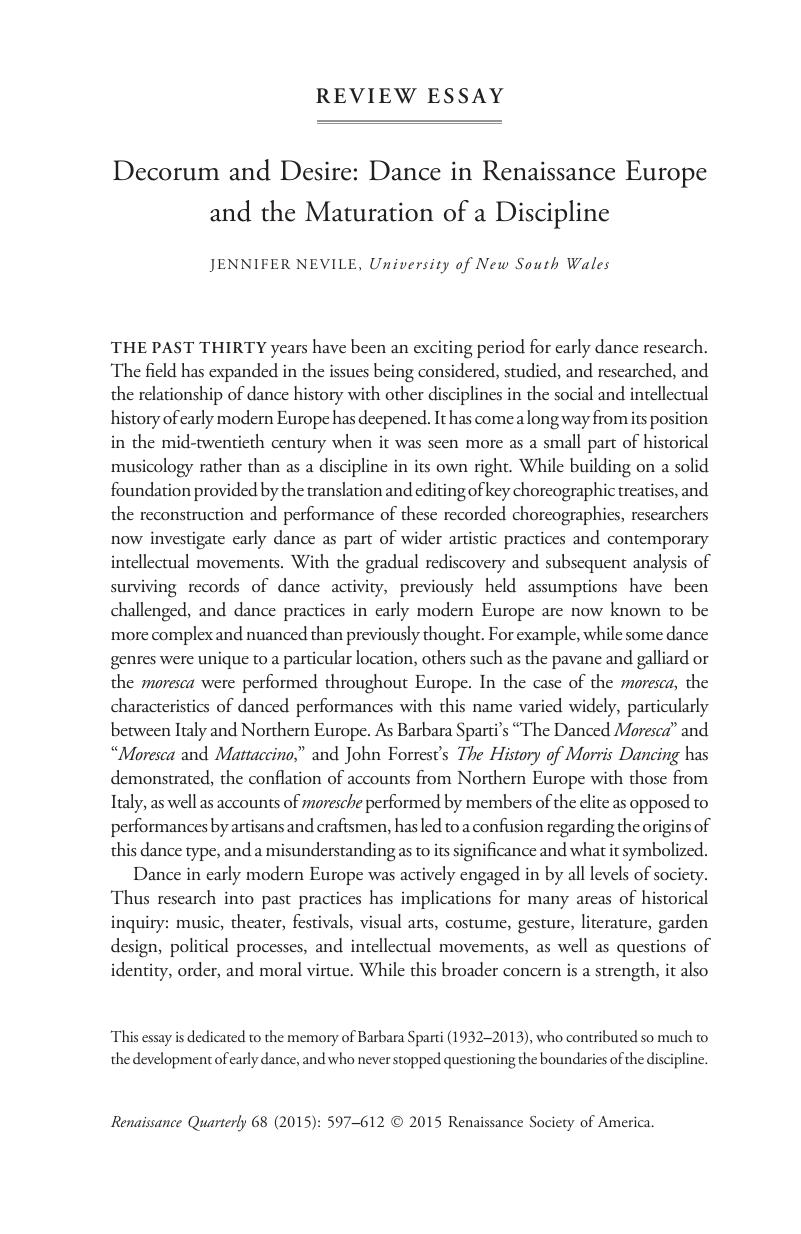Crossref Citations
This article has been cited by the following publications. This list is generated based on data provided by Crossref.
Omobowale, Ayokunle Olumuyiwa
Akanle, Olayinka
and
Busari, Dauda
2023.
Public Policy and Research in Africa.
p.
29.



